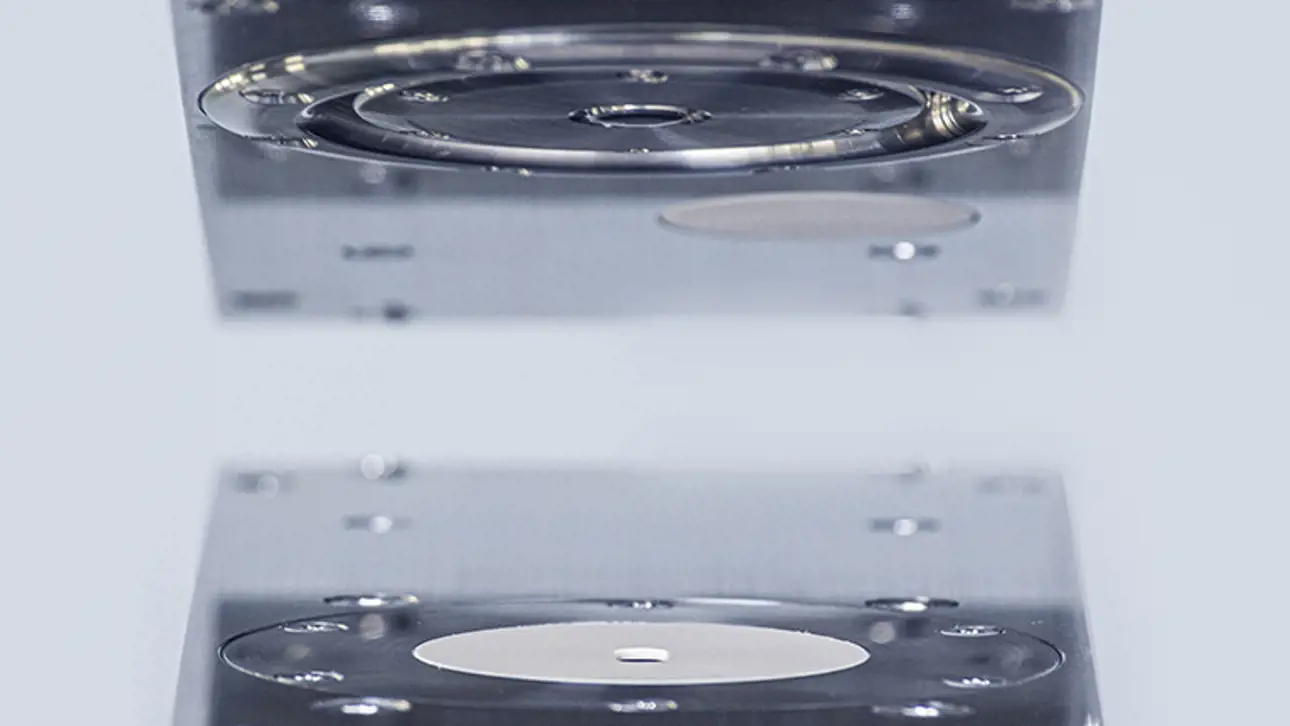Valmet IQ Web Structure Measurement

The Valmet IQ Web Structure Measurement (IQ Web Structure) delivers accurate structural information for producing paper, board and pulp with consistent formation and fiber orientation.
Precisely control sheet formation with accurate optical measurement
Reduce energy and furnish costs through formation optimization
Automate closed-loop control of web fiber orientation with stable fiber orientation profiles
High-frequency statistical dirt count measurement in pulp drying applications

Uniform structure for high-quality end product quality
High sheet uniformity improves strength and dimensional stability, but also optical and surface properties that lead to better printability. The IQ Web Structure applies image analysis techniques used in laboratory formation measurement, ensuring high correlation with offline tests and visual inspection.
As an online, real-time measurement, the IQ Web Structure eliminates delays in process changes. You get instant responses to structural variations caused by process adjustments, helping you reach on-spec quality faster and stay there.
Intelligent, high-speed image analysis
The IQ Web Structure measures the uniformity of a moving paper sheet by using high-speed image capture and analysis. High-power LEDs are pulsed to produce even illumination across the measurement window. A high-resolution camera on the other side takes snapshots as the light flashes.
Sophisticated image analysis uses several key properties to identify the distribution of fiber flock and the size of voids. The highly intelligent algorithm builds a profile measurement from Formation Index, Fiber Orientation, Variability, Void%, Floc%, Skewness and Kurtosis. The measurement is unaffected by machine speed and basis weight.
Advanced dirt count analysis included
In addition to fiber orientation analysis, the IQ Web Structure assesses light and dark spots, as well as pinholes. The dirt indicators are counted and classified automatically. To make the dirt count analysis as sensitive as possible, the source light intensity is kept to midrange grayscale values.